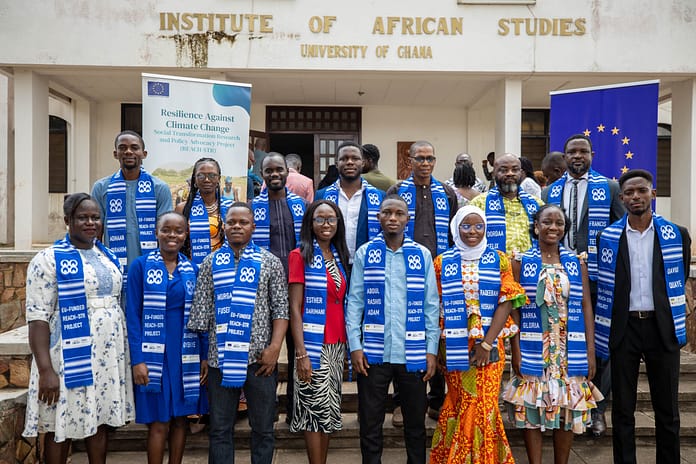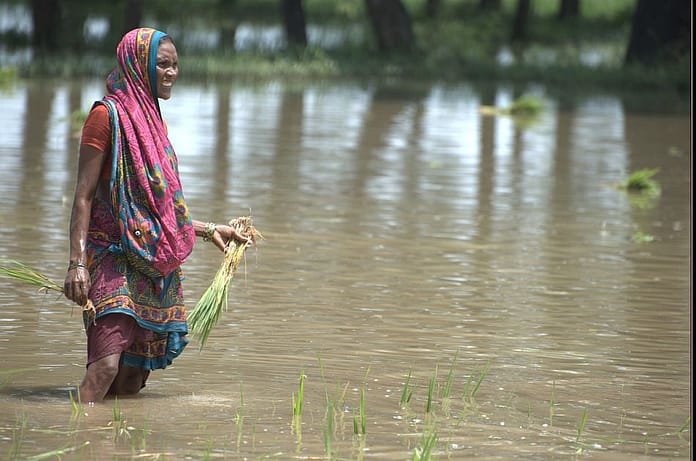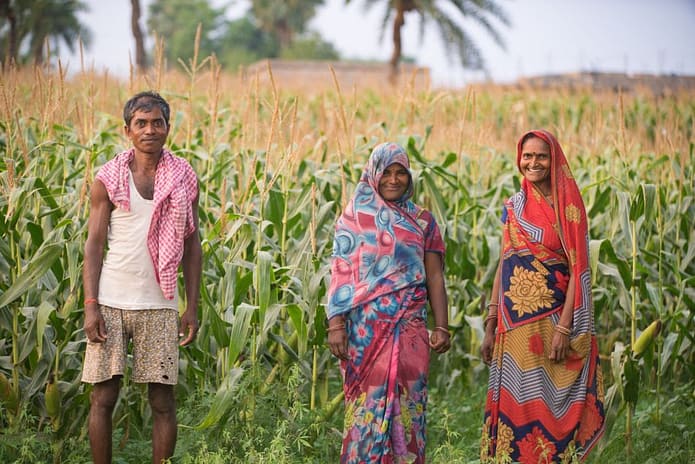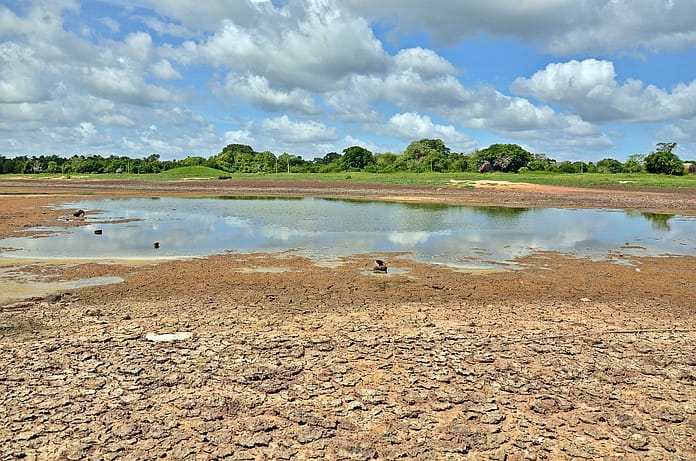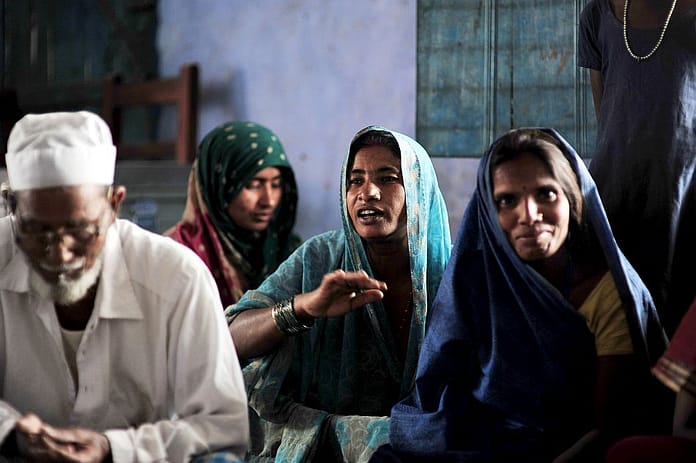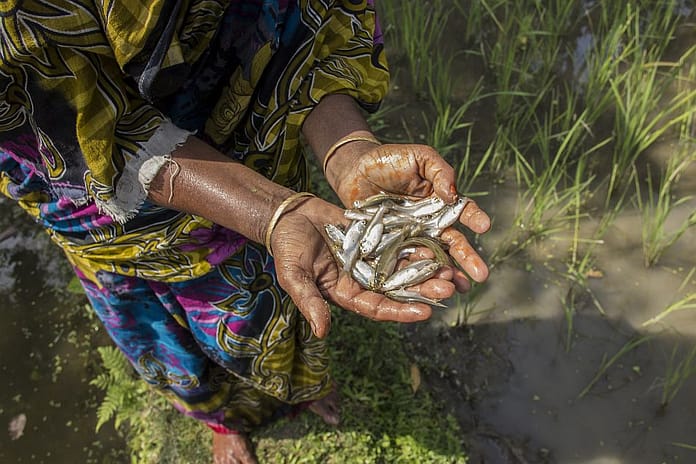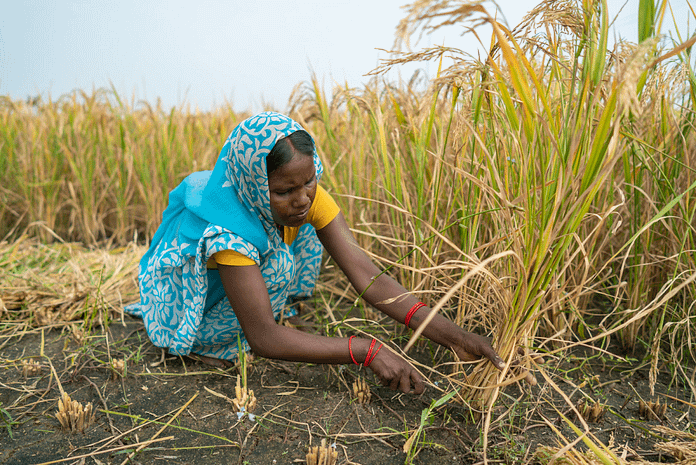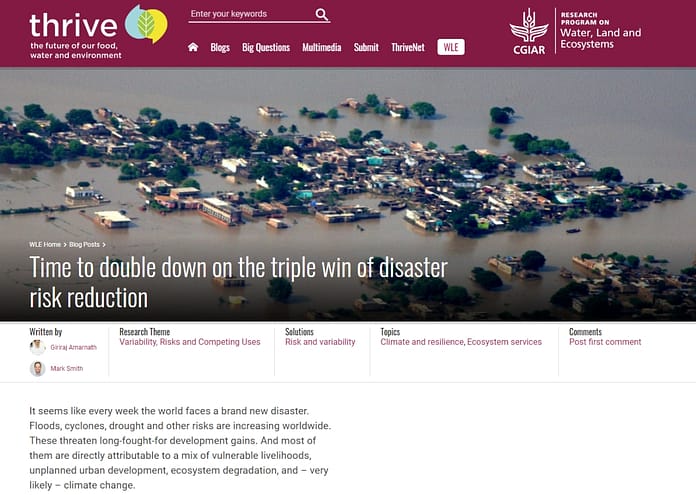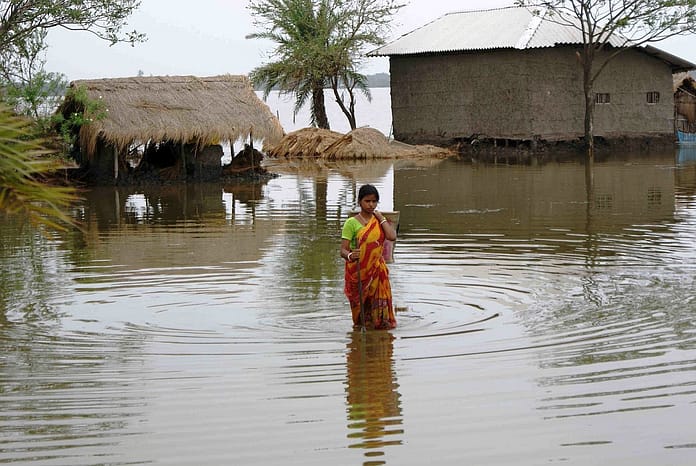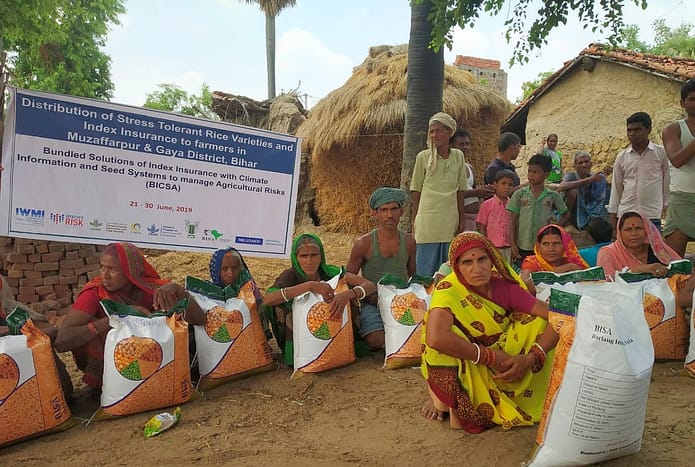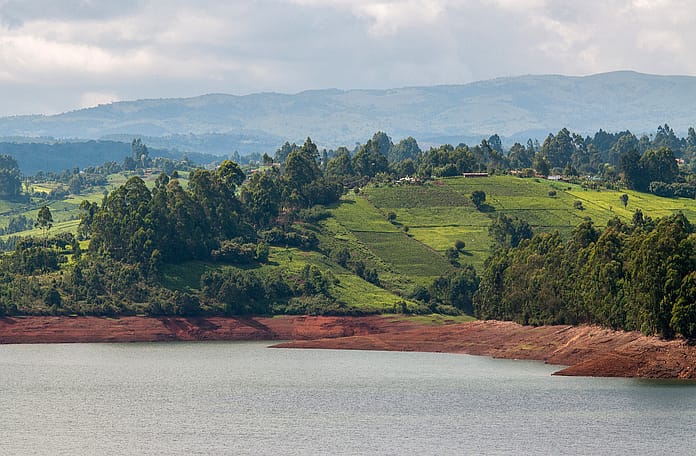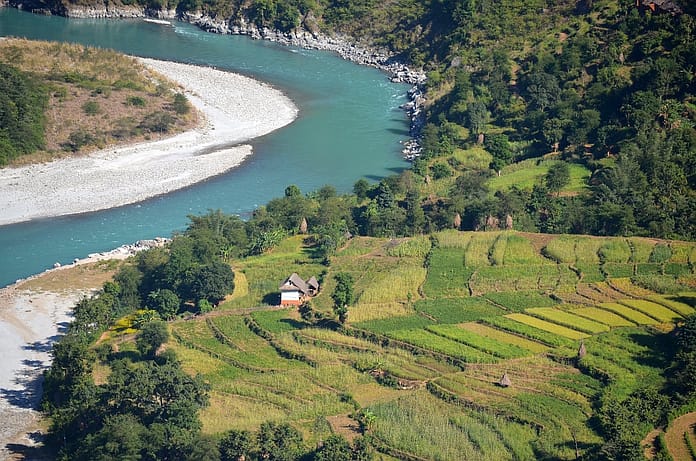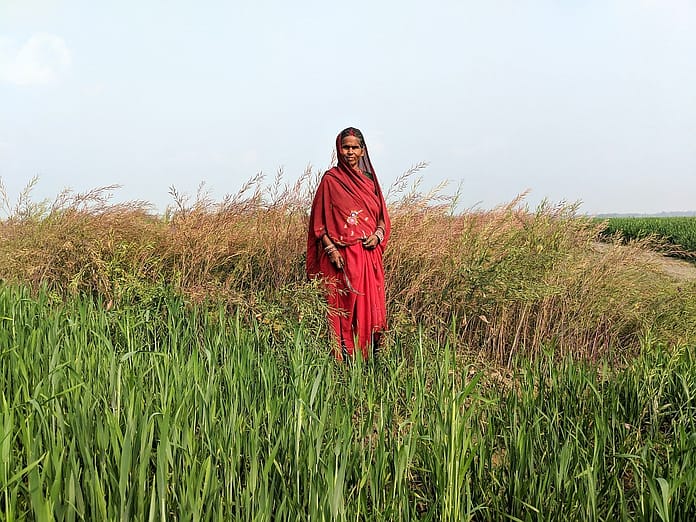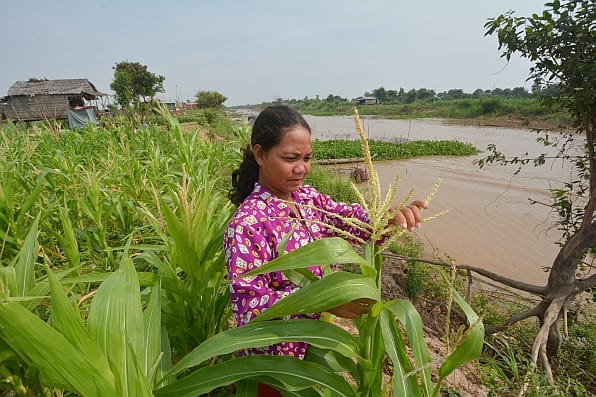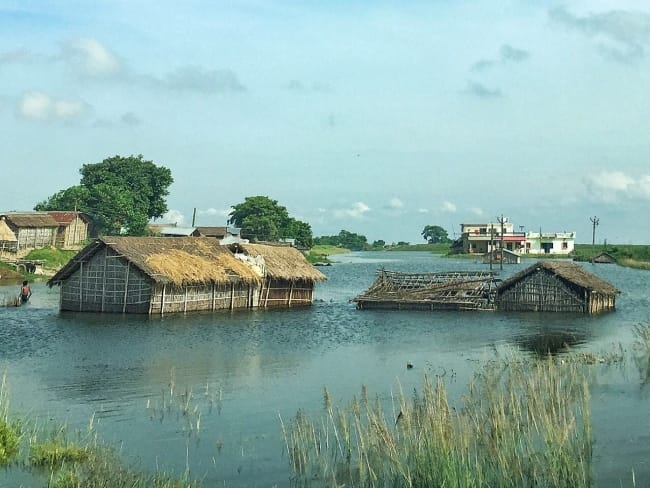By Khadija Begum, Nouman Ilyas, Kashif Hussain & Amjad Jamal
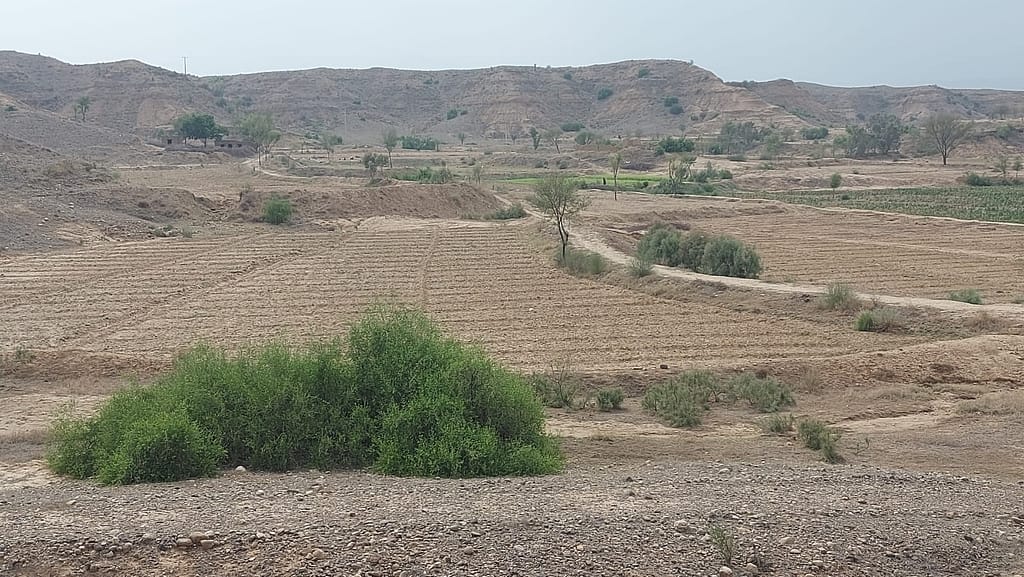
Pakistan ranks among the top ten countries most affected by climate change, with rising temperatures and increasing frequency of extreme weather events such as floods, droughts, and heatwaves. According to Pakistan’s First Biennial Update Report (BUR1) – 2022, the country faces severe climate impacts due to accelerated temperature rise, which is faster than the global average. The National Adaptation Plan of Pakistan 2023 highlights the rising intensity of climatic phenomena and the significant increase in flood events since 2010, causing extensive property damage and loss of life.
South Punjab, particularly District D.G. Khan at the foothills of Koh-e-Sulaiman, is highly vulnerable to torrential floods. As one of Pakistan’s poorest regions, it faces challenges due to limited resources, low literacy rates, and entrenched gender norms that restrict women’s decision-making roles. Most residents have lived in the area for generations, relying on agriculture and livestock as their primary sources of income. However, this dependence makes them vulnerable to the impacts of climate change. Extreme events like floods and droughts not only reduce agricultural yields and compromise food security but also undermine overall well-being. Floods, in particular, intensify these challenges by causing substantial income losses and destabilizing local economies.
Educational access is limited, with primary schools within the radius of one kilometer and secondary/higher education facilities located several kilometers away. Gender disparities are pronounced, with girls facing additional barriers to education due to cultural norms and logistical challenges. This meant that 63% of respondents were illiterate, 22% had only primary education, and 15% had completed matriculation. Only 1% of female respondents reported having primary or middle-level education. Health services are similarly inadequate, with Basic Health Units situated 3-4 kilometers from villages and Rural Health Centers up to 35 kilometers away. Poor road infrastructure further complicates access to education, healthcare, and other essential services. This lack of access, coupled with the increased risk of waterborne diseases during floods, exacerbates health vulnerabilities, particularly for pregnant women and those in early marriages.
A gendered division of labor
Water availability is inconsistent, with some residents relying on hand pumps or boreholes and others traveling several kilometers to fetch water. Women and girls are primarily responsible for domestic water needs. Moreover, access to information is limited, while mobile phones, the main source of communication, are not widely owned by women, contributing to a significant gender gap in accessing information and flood-related alerts. Limited awareness of local flood protection authorities further impairs the community’s ability to respond effectively.
Flood responses reflect a gendered division of labor. Men typically handle immediate actions during floods, such as setting up temporary shelters, relocating household items, and constructing bunds to protect against water flow. They focus on safeguarding children, livestock, and property. Women, meanwhile, manage food supplies, save finances for flood preparedness, care for family members, and often assist with evacuation efforts. Despite their contributions, women’s roles in flood response are rarely recognized in formal decision-making processes, constrained by cultural norms.
Floods have devastating economic impacts, disrupting household income, agriculture, and livestock. Many families face financial strain, leading to a decline in income and a shift to daily wage labor. Relocation, when it occurs, is typically temporary and driven by resource limitations or safety concerns. The negative impacts often outweigh any potential benefits of relocation, such as improved market access or financial assistance.
Strategies to adapt and respond
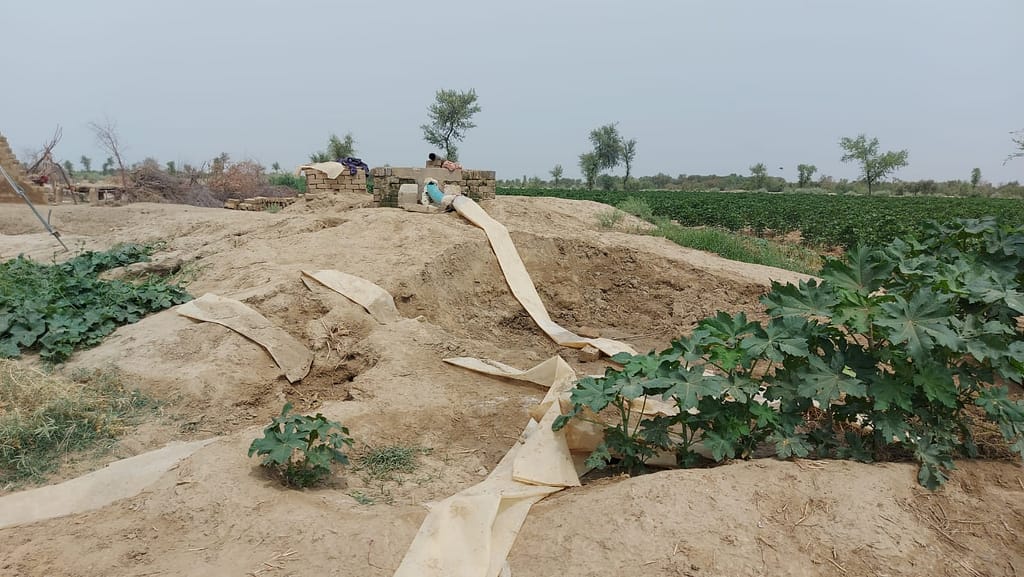
Communities employ a combination of traditional practices and practical adaptations to recover from floods. Approximately 60% of affected households evacuate homes and safeguard essential belongings during flooding. Reconstruction of damaged structures begins as soon as floodwaters recede. Sandbags are commonly used to construct protective bunds, while bunds around agricultural fields help divert and manage floodwaters. Machinery such as tractors and trolleys are increasingly used to construct and maintain these structures, with nearly 40% of households reporting their use. Community-driven efforts, including pooling funds or labor, highlight the collective resilience of these villages. Efforts to mitigate flood damage include raising land levels and constructing homes on elevated ground, significantly reducing the risks to both residential and agricultural areas.
Farmers in the region use various techniques to manage water effectively. Traditional methods include underground water pumping, canal irrigation, and creating surface water reservoirs. Some farmers practice spate irrigation, which captures runoff from hill torrents to improve soil fertility and crop production. Others employ innovative water management techniques, such as using plastic tubes for water conservation and constructing small ponds to store water. These practices enhance resilience and help communities manage the challenges posed by variable water availability.
Despite their destructive potential, hill torrents offer certain benefits. They contribute to groundwater recharge, improve water availability for livestock, and naturally clean debris and pollutants. These benefits underscore the importance of integrating traditional knowledge with modern practices to optimize water resource management.
Women’s roles in resilience are often constrained by social restrictions, caregiving responsibilities, and limited educational opportunities. Early marriages and inadequate shelter exacerbate their vulnerabilities during floods. Despite these challenges, women play a critical role in managing household water resources and agricultural practices. They are primarily responsible for collecting drinking water and often use techniques such as rainwater harvesting and natural filtration to ensure water quality. Their contributions are essential to both household resilience and broader community efforts.
Although South Punjab is highly vulnerable to climate change and recurrent flooding, communities are actively combining traditional knowledge with modern strategies to adapt and respond. Gender roles and socio-cultural norms shape their responses, with women playing vital roles in household management and resilience despite facing numerous barriers. Addressing these challenges requires a comprehensive approach that includes improving infrastructure, enhancing educational and health services, and ensuring equitable access to resources and information for all community members.


